To listen to RTÉ.ie's radio and podcast services, you will need to disable any ad blocking extensions or whitelist this site.

0
00:00
00:00
Episode Notes
Panel: Éanna Ní Lamhna, Richard Collins & Niall Hatch
Reporter: Terry Flanagan
In addition to listening to us on RTÉ Radio One at 22:00 every Monday night, don't forget that you can also listen back to each of our programmes any time you like at www.rte.ie/mooney. There, you will find an extensive archive of past broadcasts, conveniently split into different topics and segments.
One of the subjects covered on tonight’s programme is the difficulty of dealing with human excrement in fragile and pristine areas of the world where it could pose a disease and pollution risk. With this in mind, our suggestion from the Mooney Goes Wild archives this week is a documentary all about bodily waste that was first broadcast in January 2019. Entitled Exploring the World of Poo, in this special programme Derek Mooney and Terry Flanagan examine all things scatological.
To listen to this documentary from the Mooney Goes Wild archives (though maybe not while you are eating), visit https://www.rte.ie/radio/podcasts/22113681-exploring-the-world-of-poo/
The patron saint of weight-loss

Today, 25th March, is the Feast of the Annunciation, an important and holy date in the Christian calendar that commemorates the visit of the archangel Gabriel to the Virgin Mary to inform her that she was to become the mother of Jesus.
This prompts Éanna Ní Lamhna to open tonight’s programme with the following joke:
Who is the patron saint of weight-loss?
The archangel Gabriel, because he came down to announce.
If you don’t happen to get it, be sure to listen back to the start of the programme.
For more information about the Feast of the Annunciation, visit
https://en.wikipedia.org/wiki/Feast_of_the_Annunciation
The mystery of Derek’s mismatched bay trees
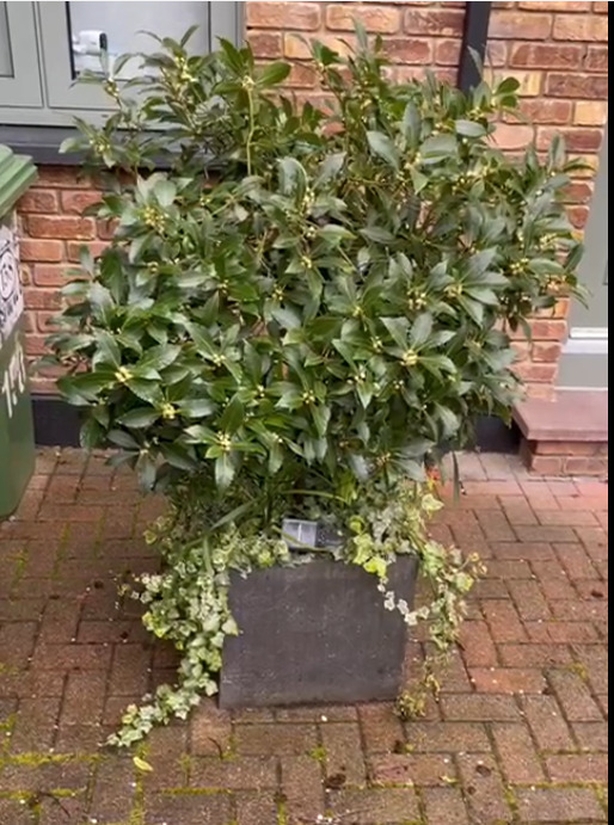
Derek Mooney happens to have two potted bay trees in his front garden, one either side of his front door. Both are the same age, yet one has grown considerably larger than the other, boasting more luxuriant foliage to boot. Both trees have been growing in similar conditions, with one potentially important exception, as Derek himself explains in the following short video clip:
That’s right: when he arrives home, Derek habitually tips the remnants from his coffee cup into one of the pots . . . the pot now containing the larger of the two bay trees. Could the caffeine boost be responsible for its growth spurt?
As we hear on tonight’s programme, the coffee could indeed be a factor in this case. Coffee contains several nutrients, including nitrogen compounds, that can serve as fertilisers for plants. This means that one of Derek’s bay trees has been receiving more food than the other, so it is not surprising that its growth has been more vigorous.
What’s more, bay trees are a species of laurel, and laurels, as with many other plants, generally do best in slightly acidic soil environments. Coffee is slightly acidic, so it stands to reason that Derek’s regular liquid donations have been slightly lowering the pH level of the soil in the plant pot in question, giving the lucky tree yet another advantage over its caffeine-free companion.
For more information about how coffee can be used as a fertiliser for certain plants, visit
https://gardeningknowhow.com/garden-how-to/soil-fertilizers/diluted-coffee-for-plants.htm
On the trail of Leopards in Sri Lanka
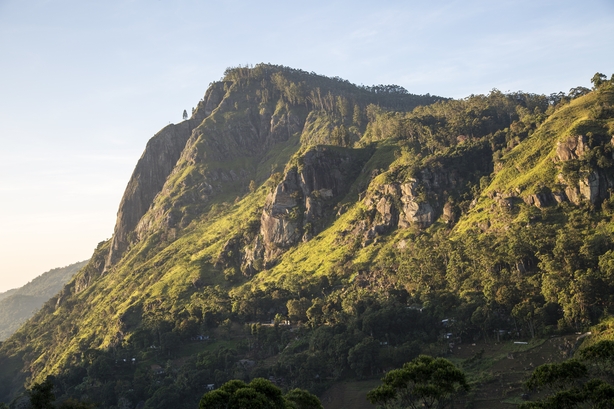
On last week’s programme, Niall Hatch joined us from the beautiful, nature-rich island of Sri Lanka, located in the Indian Ocean just to the south of the Indian Subcontinent. At the time, Niall mentioned that on the following day he would be going in search of Leopards in Yala National Park, in the southeast of the country. The park is home to the largest concentration of these majestic big cats in the world.
Now back in Ireland, Niall joins us in-studio for tonight’s programme, and Derek was keen to know whether he managed to see one of these fabulous felines. Did he ever! As the following short video clip that he filmed on his phone shows, he had a very close encounter indeed.
The form of Leopard found in Sri Lanka is a subspecies that is unique to the island, long isolated from the populations found in mainland Asia and in Africa, and is a particularly large one. Yala National Park is one of the best places on Earth to see these magnificent apex predators, and Niall was also fortunate enough to see some of the park’s other most sought-after large mammals during his visit, namely Sloth Bear, Asian Elephant, Golden Jackal and Water Buffalo.
For more information about the Sri Lankan Leopard, visit
https://en.wikipedia.org/wiki/Sri_Lankan_leopard
For more information about Yala National Park, visit
For more information about Sri Lanka, visit
Serendib Scops Owl: a most serendipitous discovery
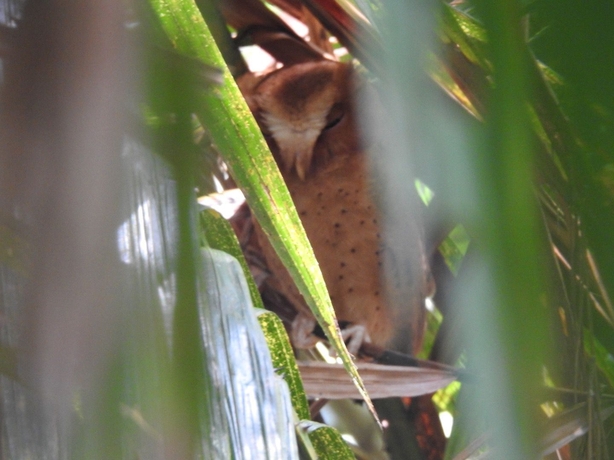
While Niall was thrilled to be able to get up close and personal with so many wonderful mammals in Sri Lanka, it was the island’s amazing avifauna that impressed him the most. Sri Lanka is home to no fewer than 34 unique, or endemic, birds found nowhere else on Earth, as well as to a host of unique forms of more widespread species and wintering populations of migrant birds from India and further afield in Asia. Simply put, it is a birdwatchers’ paradise.
Of those 34 endemic birds, one in particular stands out as being extremely special and sought-after, not to mention the one that Niall was most excited about seeing. The beautiful but exceptionally secretive Serendib Scops Owl caused a global ornithological sensation when as recently as January 2001 it became the first newly described bird species to be found in Sri Lanka for 133 years. It only received its formal scientific description in 2004, just 20 years ago. The fact that such a distinctive and charismatic species had remained hidden for so long on an island that has been very well studied by biologists for hundreds of years and visited by thousands of skilled birdwatchers is nothing short of remarkable.
This petite owl, roughly the size of a Starling, was found by a local ornithologist called Deepal Warakagoda who, while visiting a remote patch of forest in 1995, heard a sound that he had never encountered before: a low double hoot, only repeated after lengthy pauses. He strongly suspected that the source was an owl, but it took him 6 years before he finally tracked down the performer: a tiny owl that had never been seen before.
Sri Lanka has been known by many names over the years. To the British Empire it was Ceylon, to the earlier Portuguese colonial powers it was Ceilão, to the island’s Tamil population it is Ilankai. To the Arabs and Persians it was Serendib, the origin both of the word serendipity and of this gorgeous and diminutive "new" species of owl. It is only new to us humans, of course: the Serendib Scops Owl has been present on Sri Lanka for many thousands of years.
For more information about the Serendib Scops Owl, visit
https://ebird.org/species/sersco1
For more information about the rich birdlife of Sri Lanka, visit
https://jetwingeco.com/checklists/birds-sri-lanka-checklist/
Aquatic Plants in Ireland: A Photographic Guide
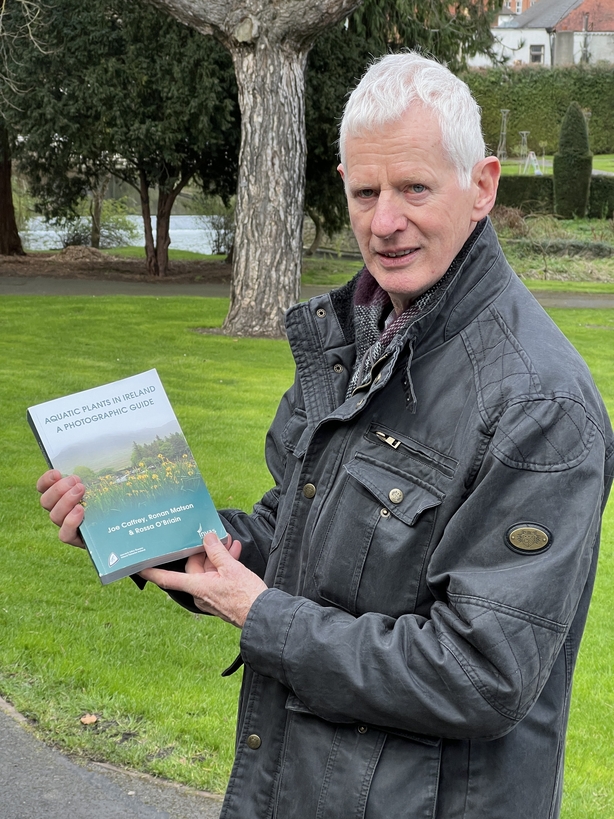
We recently received news about the publication of a landmark Irish botanical book. Entitled Aquatic Plants in Ireland: A Photographic Guide, it details over 400 plants from different waterway habitats. Published by Inland Fisheries Ireland, it is very easy to read, contains excellent photographs and features many anecdotes of plants both familiar and not-so-familiar.
For tonight’s programme, we send biologist and roving reporter Terry Flanagan to go out and about in search of aquatic plants with one of the book’s authors, Prof. Joe Caffrey. The pair took a stroll along the River Tolka in Dublin, home to a surprisingly rich diversity of aquatic flora, both native and non-native, to see what they could find.
For more information about Aquatic Plants in Ireland: A Photographic Guide, visit
Birds of Ireland: A Field Guide – 2nd Edition

Ornithologist, author and nature tour guide Jim Wilson will need no introduction to regular Mooney Goes Wild listeners; for many years now, he has been a frequent contributor to the programme and is especially associated with our annual live dawn chorus broadcast each May. Back in 2013, Jim and his nephew, the extremely talented wildlife photographer Mark Carmody, produced a wonderful new photographic book called The Birds of Ireland: A Field Guide. Supremely portable and designed to make bird identification as easy as possible, it quickly became a must-have tome for nature-lovers across the country.
Now, eleven years later, Jim and Mark have produced a second edition of their remarkable field guide. Produced in association with BirdWatch Ireland and containing details of more than 260 species and over 1,600 photos, the key identification features of each bird are shown in detail, with concise descriptions and pointers that will help users to identify birds in an easy, quick-reference format. This beautiful new pocket-sized edition includes up-to-date distribution maps for all common species and an updated list of birds of conservation concern in Ireland.
For more information about the new second edition of Birds of Ireland: A Field Guide, which is published by Gill Books, visit
https://gillbooks.ie/nature/nature/the-birds-of-ireland
Take your poo with you!
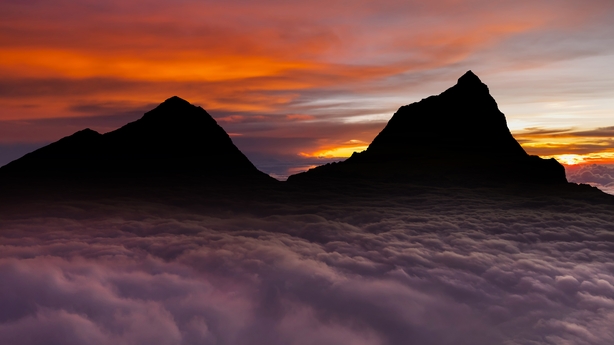
Here at Mooney Goes Wild, we were struck by a recent news story concerning visitors to Mount Everest, and specifically a measure that has been introduced to reduce their impact on the delicate ecosystem of the world’s highest mountain. Naturally, all of these visitors must answer the call of nature multiple times while on the mountain’s slopes, leading to a massive amount of human excrement which can pose a disease and pollution risk.
To combat this, authorities have announced that visitors to Everest are now required to carry their poo back to base camp, rather than simply leave it where it falls. This got us thinking: where else might such measures be implemented to ensure that human visitors have as little environmental impact as possible in pristine and vulnerable parts of the world. On tonight’s programme, tour leader Jim Wilson tells us of his own lavatorial experiences with clients in places such as Iceland, the Arctic Circle and Antarctica.
For more information about this story from Mount Everest, visit
https://bbc.com/news/world-asia-68237123
